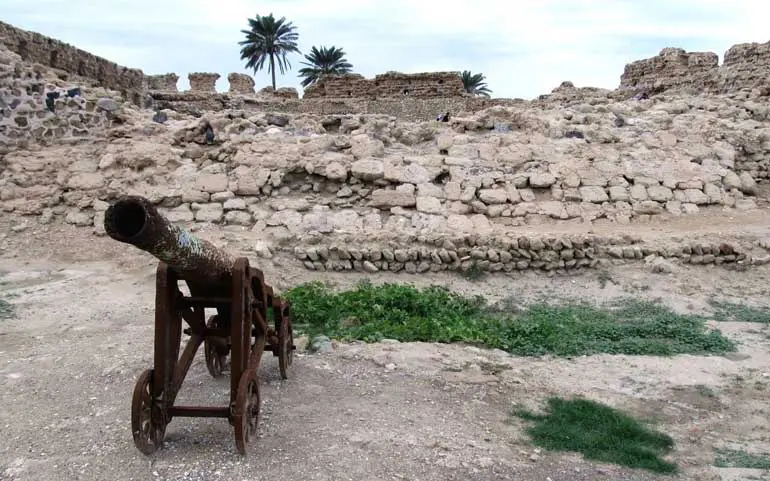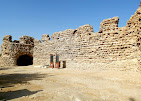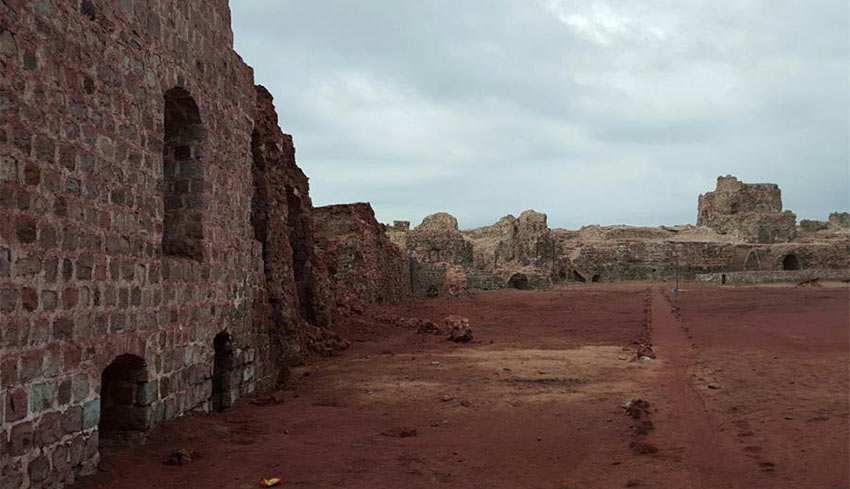The Portuguese Castle on Qeshm Island is one of the most important historical sites in Iran and the Persian Gulf region, dating back to the Portuguese colonial era in the 16th century. This castle was built in 1507 under the orders of Alfonso de Albuquerque, the renowned Portuguese commander, and played a pivotal role in controlling the trade and military routes of the area.

The construction of this castle was part of the Portuguese efforts to establish a chain of military and commercial bases along the shores of the Persian Gulf. The castle was built using local stones and features a unique architectural style that blends European and local influences.

The castle's thick walls and tall towers were designed to withstand potential enemy attacks and to provide continuous surveillance of the surrounding sea. Additionally, this castle served as one of the main bases for the Portuguese to control maritime trade with the East and protect their commercial ships.

After the Portuguese left the region, the control of the castle gradually passed to local forces, and it underwent various modifications over different historical periods. Today, the Portuguese Castle in Qeshm is one of the island's main tourist attractions, where visitors can explore the rich and complex history of this region.

4o
